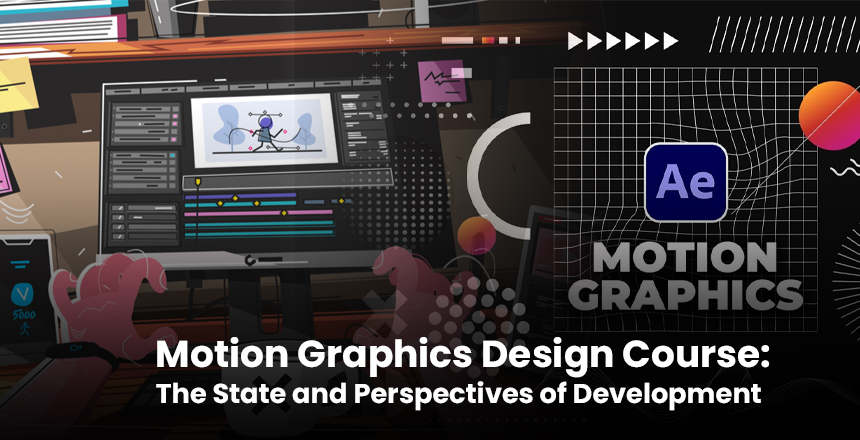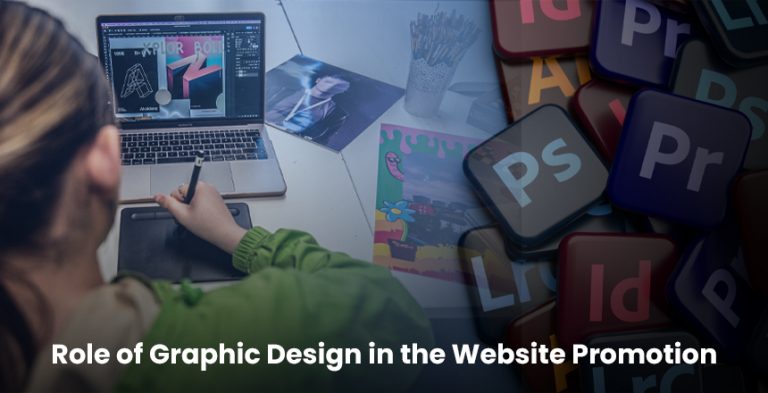There is hardly any question about the significance of motion graphics design as a
now-indispensable element of the modern world of digital content production. This particular
field has, however, expanded rapidly in the last few years. The requirement of having exciting
and dynamic designs in the animation picture has made degree programs in motion graphic
design more popular and in high demand in the market. As a result, in this article, I will be
explaining the current and likely trends in motion graphics design courses.
Contemporary development of the Motion Graphics Design Course
Interdisciplinary linkages
It is evident that one of the most important trends in motion graphics design courses is the
crossover with other fields. This is evidenced by the fact that as designers come to understand
that their solutions must equally encompass other schools of design, motion graphics design
courses are beginning to embrace a comparably diverse curriculum. These are modeling:
employing 3D models in a production process that involves using a computer system,
Animation: using graphics to make a particular part of a picture move within a production
process and Typography: creating an appropriate typeface in a production process.Incidentally,
commonly used sub-disciplines in the graphic design production process are credited for their
contribution towards a better graphic design production process. This in turn makes the work
produced by the students more interesting as they are able to exercise principles of design in
their projects.
Emphasis on storytelling
Motion graphics design embodies stories, and the aspect is receiving increased focus in motion
graphics design curriculum. DESIGNERS are now increasingly understanding how to narrate
engaging stories into their work; this is becoming about the innovation of moving feelings. This
trend has helped in the development of good narratives among designers, thus translating to
better motion graphics that are so impactful.
Rise of data visualization
This has been more prevalent due to the increased use of data as a component of
decision-making processes where data visualization forms part of the motion graphics designs.
Some design courses for motion graphics are today covering data visualization as one of the
lessons; this allows students to create more effective and artistic graphics for data
representation. It is a very useful ability that is becoming more sought after in companies of
virtually any stratum.
Growth of concern for the user
As mentioned earlier, the use of technology has led to an increase in content, and therefore the experience of the user is important when designing motion graphics. The basics of motion graphics design courses are now increasingly concentrating on developing user interfaces and easily understandable animation. Nobody is immune from change, and as designers, it has been seen that in the process of creating an attractive interface, designers are becoming more conscious of making their work comprehensible and capable of responding to cross-platform
compatibility solutions.
Motion Graphics Design Course in the Industry: Its Future
Increased use of AI
The future of motion graphics design is somewhat dependent on the advances in artificial
intelligence. The application of AI delivers possibilities for designers to accelerate their workflow,
make informed decisions, and produce more precise animations. The courses in motion
graphics will have to catch up with these dynamic features and equip students with knowledge
about the workings of AI.
Virtual and augmented reality
Motion graphics designers are now in great demand as virtual and augmented technology
continue to grow. It is expected that motion graphics design courses will likely provide subject
areas on creating VR and AR content so that the students get the knowledge and skills that will
prepare them for this fast-growing and dynamic area.
Expansion of mobile content
Internet users read the content on their mobile devices, and thus, motion graphics that are
mobile-friendly should be designed. It is likely that motion graphics design courses will increase
available content for mobile devices and therefore prepare students for small-size screen
design.
Bigger demand for joint ventures
For the smaller scale projects, you can achieve the whole thing in isolation, but as we make the
move to do medium and large scale motion graphics designs, then there is a need to
collaborate. Design courses for motion graphics will also require students to understand how to
create work in groups and appreciate good communication, managerial, and collaboration skills.
Conclusion
I conclude that the future of motion graphics design courses in the industry seems brighter. Over
time, students will require larger job competencies: data visualization, user experience design,
and even artificial intelligence. The ability to produce graphics in three dimensions and the
ever-evolving forms of content, including VR, AR, and mobile, only show that there is more
potential for the employment of motion graphics designers out there. This relatively
uncongested and very creative field will always need designers who have embraced the newest
trends and technologies to offer world-class services to their clients both in the short and long
run.








